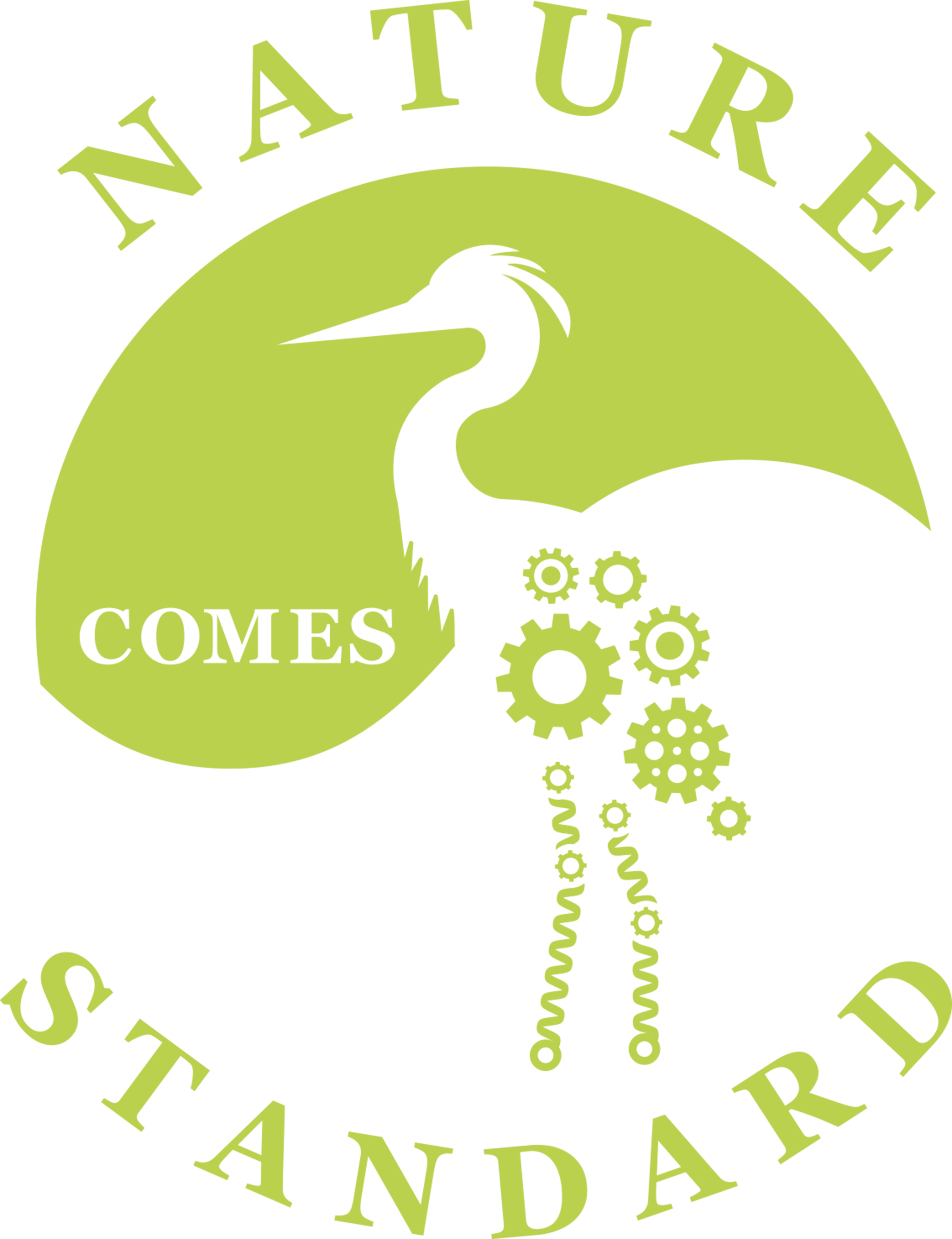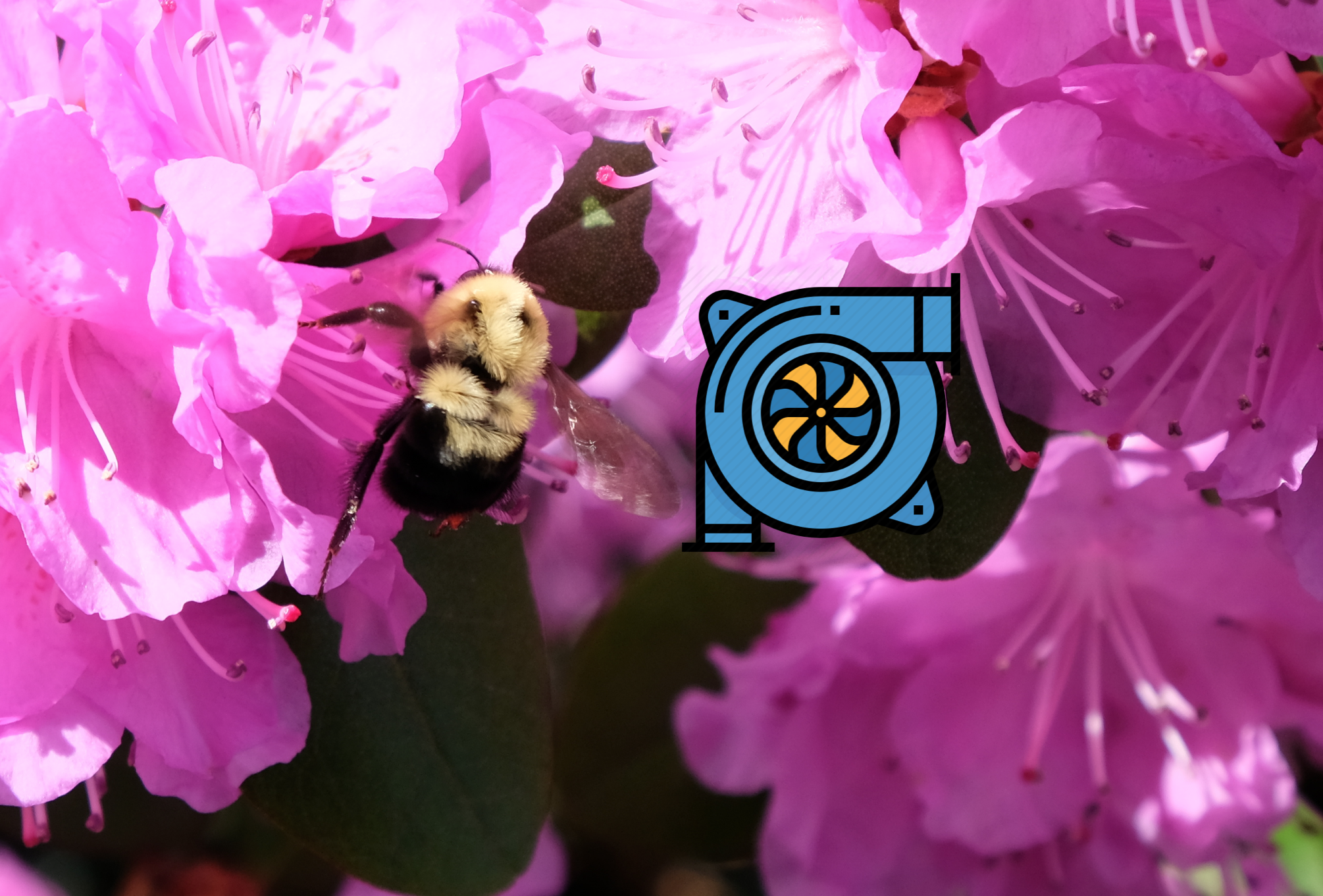Fabrics Inspired by Water Repelling Goose Feathers

Lake living provides calming water views and a diverse array of water-based creatures, but it’s not without its challenges. The Canadian goose is one. The iridescent black and pewter waterfowl provides beauty from afar but leaves an abundance of poop all over the yard. Poop in the yard would not be a problem if you didn’t walk through it or have a pet that enjoyed munching and later throwing-up this green delicacy. Over the years, I have tried many humane ways to deter these defecating visitors: twine along the shoreline, motion-sensing noisemakers, owl decoys, and food-grade aversion liquids sprayed on the grass.
All of these solutions have proven to have minimal long-term success. Even my dog has become complacent with these visitors and doesn’t waste her energy chasing them. Instead, you might catch me running through the yard, “wingspan” extended to prove my prowess. So how does the Canadian goose inspire us to offset their lack of bathroom courtesy?
Engineers have studied the goose feather for its wettability properties (the amount of a fluid that adheres to a surface). Water droplets on goose feathers have a natural propensity to roll outward from a feather’s rachis, or shaft, along with the interlocking barbs and off each vane [1]. Mimicking this goose feather topography, engineers have created nano-polymer-threads created using an electrospinning process. This process uses an electric charge on a liquid polymer to form a solvent-free thread. These thread structures were studied for wettability [2] and can inspire new chemical-free water- and dirt-repellent fabric for car interiors and clothing. How does this concept inspire you?
References:
Canadian Goose photo courtesy of www.kmaellis.com
1. R. J. Kennedy, Directional Water-shedding Properties of Feathers. Nature, 1970, 227, 736.
2. See Hui Wu, Rui Zhang, Yao Sun, Dandan Lin, Zhiqiang Sun, Wei Pan and Patrick Downs, Biomimetic nanofiber patterns with controlled wettability. Soft Matter, 2008, 4, 2429.





